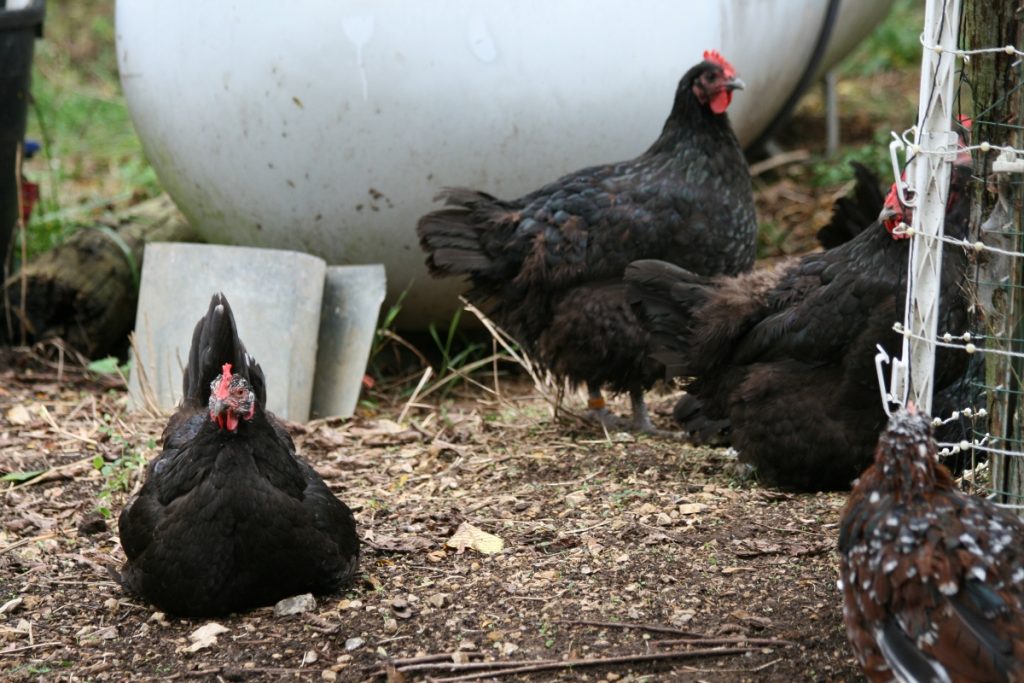Selecting the ideal breed of hens for your backyard flock may be a fulfilling process. What you choose will affect disposition, egg production, and general care needs. Choosing one of the many breeds available that will flourish in your backyard might be difficult.
This guide will help you sort through the advantages and disadvantages of the best and worst backyard chicken breeds for backyard flocks so you can make wise choices for a profitable and pleasurable time raising chickens.
Key Takeaways
- Select rot-resistant wood such as cedar, redwood, or black locust, and elevate the fence on a drained base.
- Choose mortared construction for permanence in dry climates and dry stacking for breathability and flexibility in wetter regions.
- Combine a compacted gravel trench, a solid stem wall, and a continuous cap to minimize moisture intrusion.
- Schedule annual inspections, reseal exposed wood as needed, and repoint mortar early to prevent larger repairs.
- Confirm property lines, setbacks, and underground utilities before digging so you avoid fines and costly rework.
Top 5 Best Backyard Chicken Breeds for Your Backyard Flock
Rhode Island Red
The Rhode Island Red is a prominent choice among backyard chicken breeds, known for its deep red plumage and robust nature. This breed is dual-purpose, valued for both its meat and its high egg production, typically yielding between 250 to 300 brown eggs annually. Rhode Island Reds are adaptable to various climates and have a friendly, though occasionally assertive, temperament.
Pros:
- High egg production
- Hardy and adaptable to different climates
- Dual-purpose breed (meat and eggs)
- Low-maintenance, ideal for beginners

Cons:
- Roosters can be aggressive
- Requires ample space for foraging
- Can be loud, which might not suit all neighborhoods
Plymouth Rock
Plymouth Rock, also known as Barred Rock, is a classic among chicken breeds, easily recognized by its black and white barred feathers. This breed is well-loved for its docile nature and consistent egg-laying, producing about 200 to 280 large brown eggs each year. Plymouth Rocks are also cold-hardy, making them a reliable choice for various climates.
Pros:
- Friendly and docile temperament
- Good egg production
- Cold-hardy and adaptable
- Suitable for families with children
Cons:
- Can become broody, affecting egg production
- Needs regular exercise to prevent obesity
- May require more space than other breeds
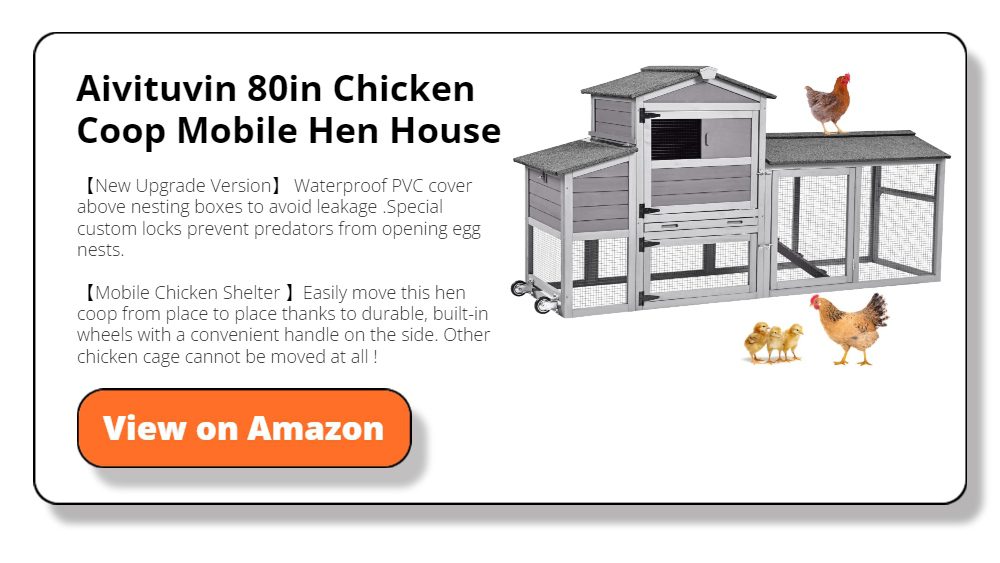
Leghorn
The Leghorn is one of the most productive backyard chicken breeds, originally hailing from Italy. Known for their sleek white feathers and active nature, Leghorns excel in egg production, laying around 280 to 320 white eggs per year. This breed is lightweight and efficient in feed conversion, making it a popular choice for those focused on high egg yield.
Pros:
- Exceptional egg production
- Efficient feed conversion
- Hardy and adaptable to hot climates
- Lightweight and agile
Cons:
- Can be flighty and less tame
- Prefers free-ranging, which requires space
- Less suited for cold climates
- Not as friendly as some other breeds
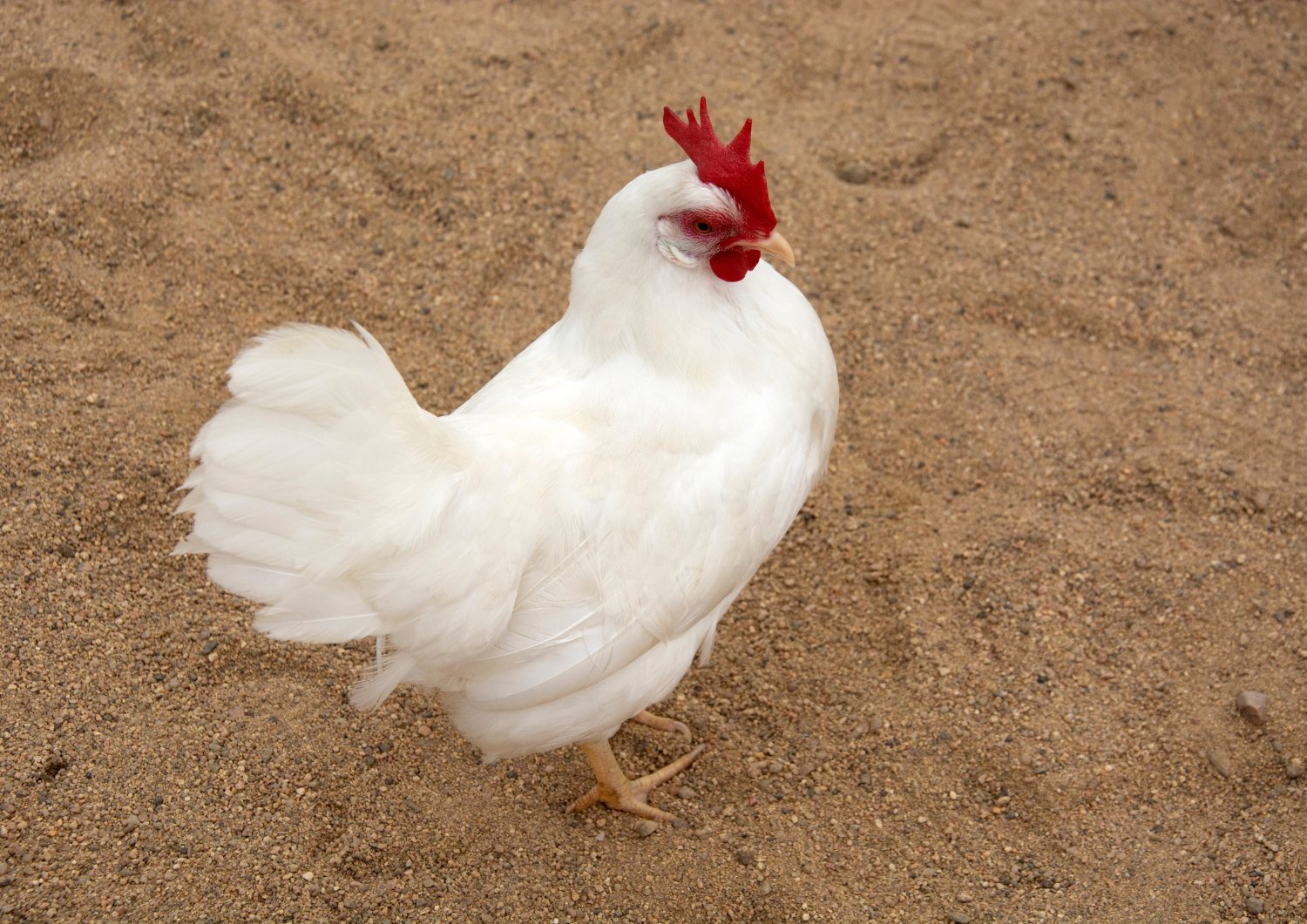
Orpington
The Orpington is a beloved breed among backyard chicken enthusiasts, recognized for its fluffy, full plumage and gentle demeanor. Originating from England, Orpingtons are excellent dual-purpose birds, providing both meat and a steady supply of eggs.
They typically lay around 200 to 280 brown eggs per year. Their calm and friendly nature makes them great pets, especially for families with children.
Pros:
- Gentle and friendly temperament
- Good egg production
- Dual-purpose breed (meat and eggs)
- Cold-hardy due to their dense feathers
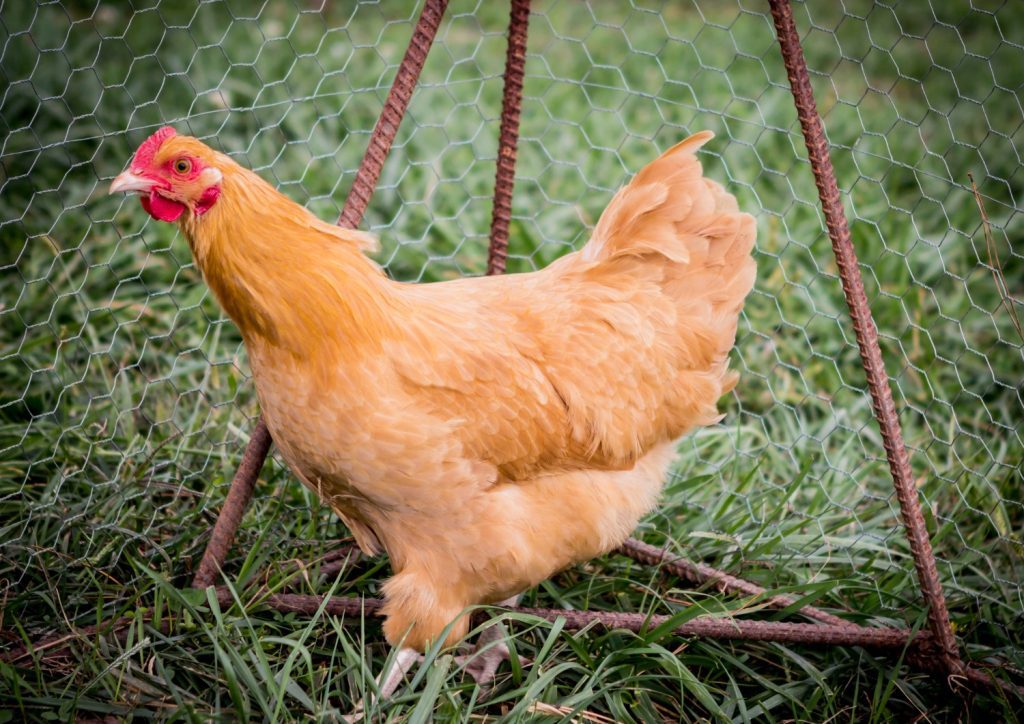
Cons:
- Prone to becoming broody, which can reduce egg production
- Requires regular grooming to prevent feather matting
- May not thrive in very hot climates
Australorp
The Australorp, originally from Australia, is renowned for its exceptional egg-laying abilities and striking black feathers with a greenish sheen. These chicken breeds are among the top performers in terms of egg production, laying around 250 to 300 brown eggs annually.
Australorps are also known for their calm and friendly disposition, making them a popular choice for backyard flocks.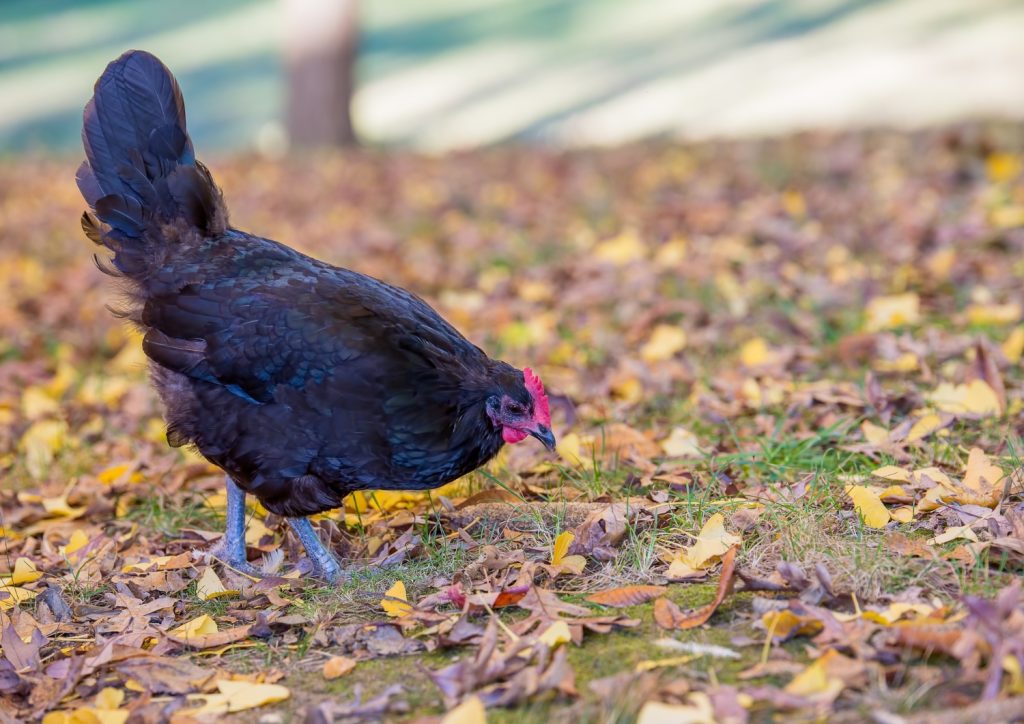
Pros:
- Excellent egg production
- Calm and friendly nature
- Hardy and adaptable to various climates
- Low-maintenance and easy to care for
Cons:
- Black feathers can make them susceptible to heat stress in very hot climates
- Can be less active, requiring a balanced diet to avoid obesity
- May not be as visually diverse as other breeds

Top 5 Worst Backyard Chicken Breeds for Your Backyard Flock
Silkie
Silkies are one of the most distinctive chicken breeds, known for their fluffy, silk-like feathers, black skin, and gentle nature. This breed is often kept for ornamental purposes rather than for egg production or meat.
Silkies are small and lay around 100 to 120 small cream-colored eggs annually. Their calm temperament makes them popular as pets, but they come with several challenges for backyard flocks.
Pros:
- Extremely friendly and docile
- Unique appearance with fluffy feathers
- Good pets for children and families
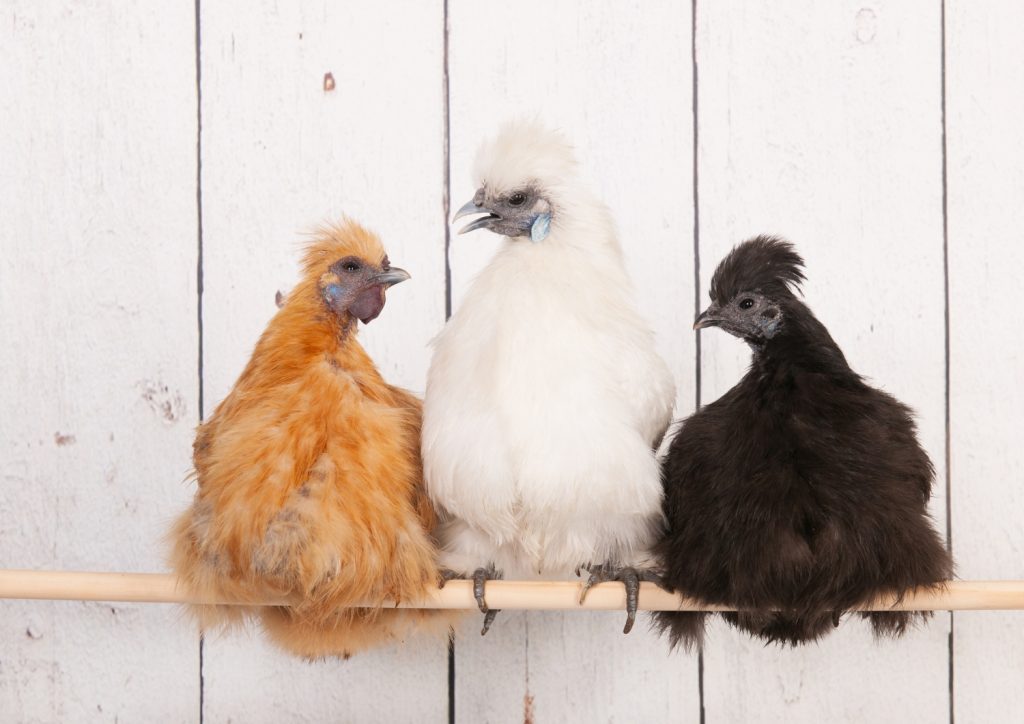
Cons:
- Low egg production
- High maintenance due to delicate feathers
- Prone to health issues in damp or cold climates
- Vulnerable to predators due to poor vision from their fluffy crests
Polish
The Polish backyard chicken breeds are easily recognized by its distinctive feathered crest, giving it a quirky and ornamental appearance.
While visually striking, Polish chickens are not known for their egg-laying capabilities, producing around 150 to 180 small white eggs per year. Their temperament is generally calm, but their unique feathers can present challenges.
Pros:
- Unique and attractive appearance
- Generally friendly and calm
- Makes a great addition to ornamental flocks

Cons:
- Poor vision due to feathered crest, making them prone to predator attacks
- Requires regular grooming to maintain feather health
- Moderate egg production
- Can be flighty and easily startled
Hamburg
Hamburgs are elegant chicken breeds, known for their striking black and white plumage and active nature. This breed is more suited for free-ranging environments due to its high energy levels. Hamburgs are moderate layers, producing around 200 small white eggs annually.
Despite their beauty, Hamburgs come with a set of challenges that may not make them the best choice for all backyard flocks.
Pros:
- Attractive and striking plumage
- Good for free-ranging environments
- Decent egg production
Cons:
- Very active and flighty, requiring ample space
- Not particularly friendly or tame
- Less suitable for confined spaces or small backyards
- Can be noisy, which might not suit all neighborhoods
Campine
The Campine is an ancient backyard chicken breed originating from Belgium, known for its stunning golden or silver plumage. Campines are active foragers, making them well-suited for free-ranging environments. They are moderate layers, producing around 150 to 180 white eggs per year.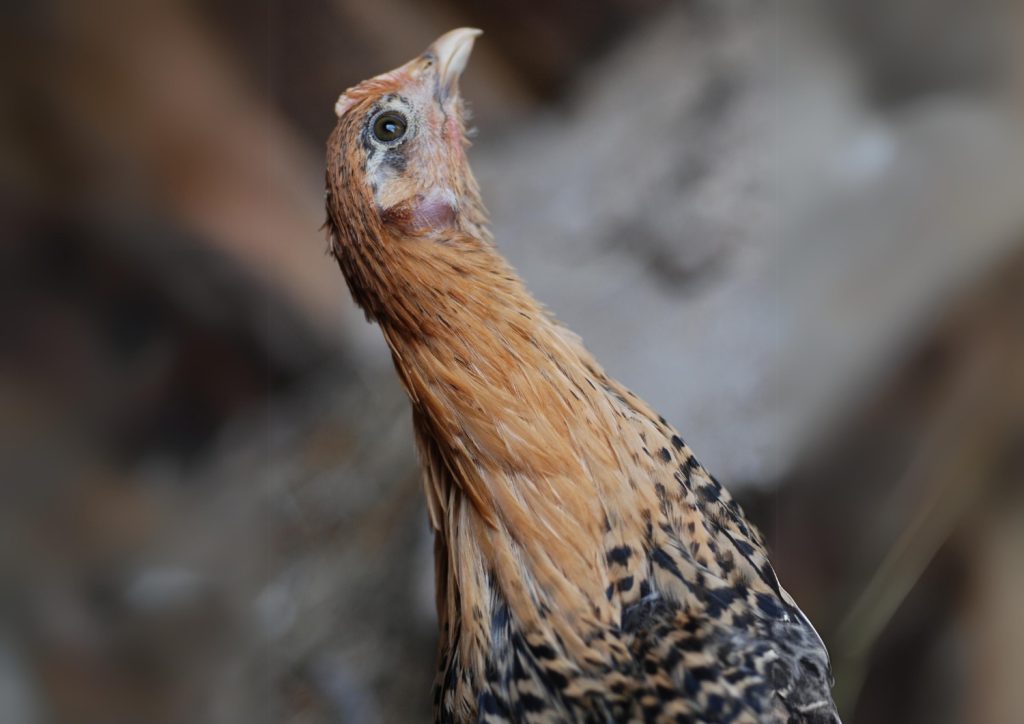
While visually appealing, the Campine chicken breeds poses several challenges for backyard flocks.
Pros:
- Beautiful and unique plumage
- Good foragers, ideal for free-range environments
- Hardy and adaptable to different climates
Cons:
- Not very friendly or tame
- Low to moderate egg production
- Can be flighty and difficult to manage
- Requires ample space and secure fencing to prevent escaping
Ancona
The Ancona chicken breed, originally from Italy, is renowned for its distinctive mottled black and white feathers. Anconas are energetic and excellent foragers, thriving in free-range conditions. They are decent layers, producing around 200 white eggs annually.
However, the Ancona chicken breed can present several challenges that make them less suitable for backyard flocks.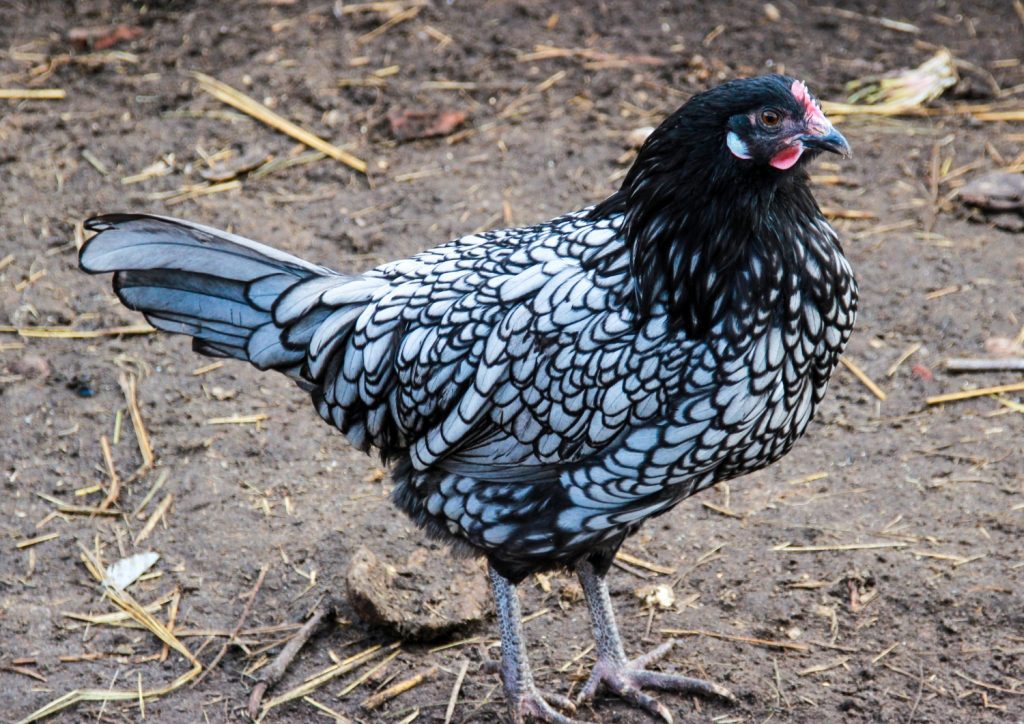
Pros:
- Attractive mottled plumage
- Good foragers, ideal for free-range systems
- Hardy and well-suited for various climates
Cons:
- Very flighty and difficult to handle
- Not particularly friendly or tame
- Requires ample space and secure enclosures
- Can be noisy, which may not be suitable for all backyard settings
Factors to Consider When Choosing Backyard Chicken Breeds
Selecting the best backyard chicken breeds necessitates giving a number of things significant thought. Every breed of hen has special qualities that can affect how well they work in your particular setting and demands.
Knowing these aspects will enable you to make wise choices that will guarantee a happy and productive flock.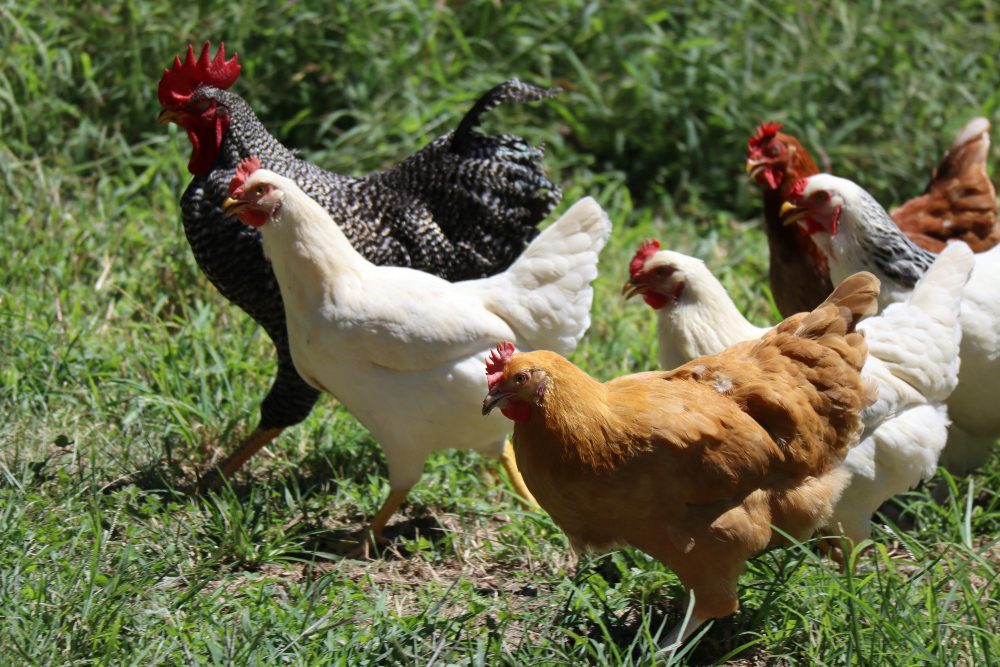
Climate Suitability
The health and output of your hens are greatly influenced by their environment. While certain backyard chicken breeds, like the Leghorn, do better in warmer climates, others are resilient and can tolerate colder weather. To prevent unneeded health problems, be sure the breeds of chickens you choose are appropriate for the weather in your area.
Egg Production
Different backyard chicken breeds produce varying amounts of eggs. For instance, Leghorns and Australorps are known for their high egg production, yielding up to 280 eggs per year. On the other hand, breeds like the Silkie are less prolific egg layers but are valued for their ornamental qualities. If your main goal is to obtain eggs, prioritize chicken breeds known for their high egg-laying capabilities.
Temperament and Behavior
The temperament of backyard chicken breeds can significantly impact your flock’s dynamics and your interaction with them. Breeds like the Orpington and Plymouth Rock are known for their friendly and docile nature, making them great for families and beginner chicken keepers. Conversely, chicken breeds like the Campine and Ancona are more active and flighty, requiring more management and space.
Space and Housing Requirements
Consider the space and housing needs of different types of chicken breeds. Larger breeds or those with high activity levels, such as the Hamburg and Ancona, need more room to roam and forage. Conversely, smaller and more docile breeds like the Silkie can be kept in more confined spaces. Ensure you can provide adequate housing to keep your flock healthy and happy.
Disease Resistance
Some types of chicken are more resistant to diseases than others. Breeds like the Rhode Island Red are known for their robust health and resilience, making them easier to care for. Research the disease resistance of potential chicken breeds to choose ones that are less likely to succumb to common poultry ailments, ensuring a healthier flock with fewer veterinary issues.
Considering these factors will help you select backyard chicken breeds that align with your needs and environment, leading to a successful and enjoyable backyard poultry-keeping experience.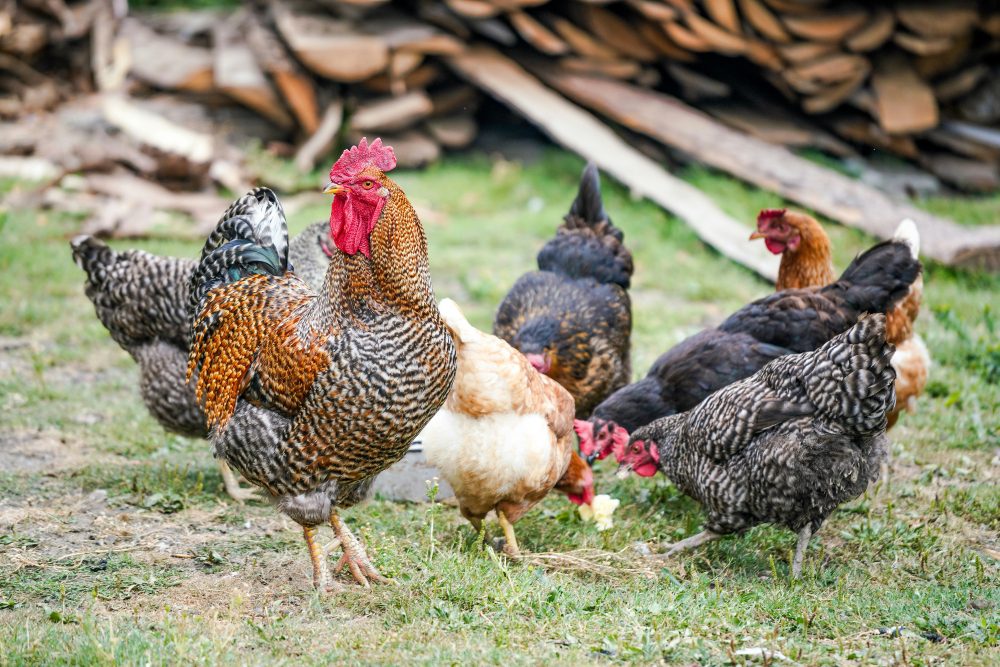
Tips for Managing a Mixed Flock
Managing a mixed flock of different backyard chicken breeds can be rewarding and challenging. Each chicken breed brings unique traits and behaviors to the flock, so understanding how to manage these differences is essential for a harmonious and productive environment. Here are some tips to help you effectively manage a mixed flock.
- Integrating New Breeds
- Introducing new chicken breeds to an existing flock requires careful planning to minimize stress and aggression. Start by keeping new chickens in a separate but visible area for a few days, allowing the existing flock to get accustomed to their presence.
- Gradually introduce them under supervision to prevent bullying and establish a smooth integration.
- Managing Varying Temperaments
- Different backyard chicken breeds have varying temperaments, which can lead to conflicts. Breeds like the Orpington and Plymouth Rock are typically more docile, while others like the Campine can be more assertive.
- Monitor interactions closely and provide ample space to reduce stress and aggression. Consider creating separate areas for more aggressive breeds if necessary.
- Ensuring Nutritional Needs
- The size, degree of activity, and egg output of different backyard chicken breeds may determine their different nutritional needs. All breeds should have a balanced diet that satisfies their demands; if necessary, think about adding supplements of particular nutrients.
- To avoid rivalry and guarantee the best health, make sure every chicken has access to food and water.
- Accommodating Space Requirements
- A mixed flock needs space since various chicken breeds may require different amounts of it. While little species like the Silkie can live in more cramped spaces, active breeds like the Hamburg need more space to explore.
- Make sure your coop and run are roomy enough to house all breeds without causing stress or encouraging bad habits.
- Health Monitoring and Biosecurity
- Because the health profiles of many chicken breeds vary, a mixed flock may be more vulnerable to diseases. To reduce illness risks, put in place robust biosecurity measures including routine cleaning and disinfection of the coop.
- To stop infections from spreading throughout the flock, regularly watch over the health of every chicken and take quick action to treat any symptoms of illness.
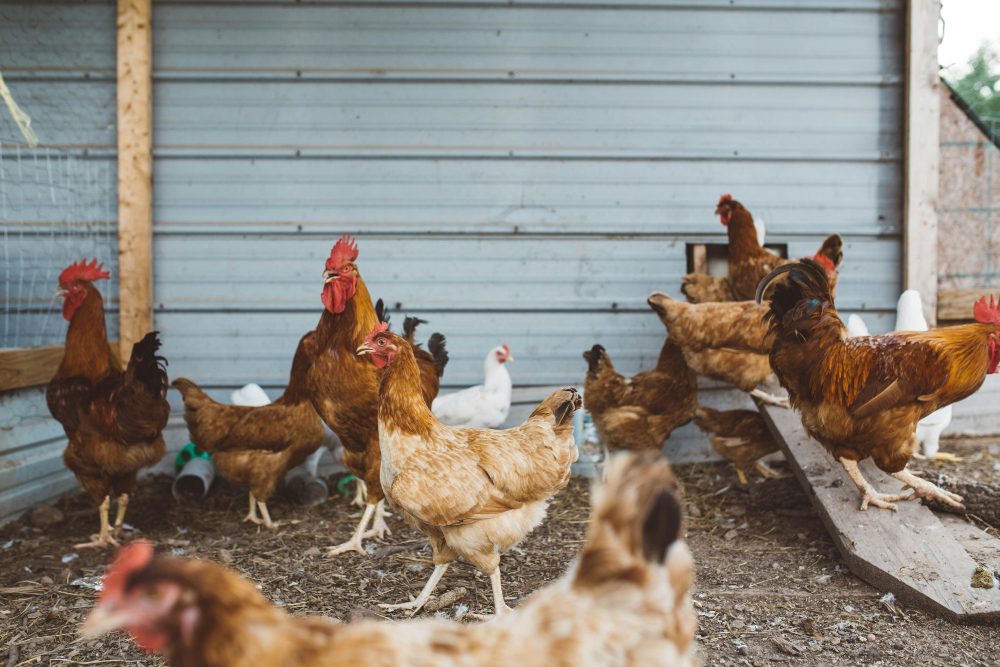
- Creating Multiple Feeding Stations
- In a mixed flock, some backyard chicken breeds might dominate others, leading to competition over food and water. To ensure all chickens have access to adequate nutrition, set up multiple feeding and watering stations. This reduces competition and ensures that even the more timid chickens can eat and drink without being bullied.
- Providing Diverse Roosting Options
- Different chicken breeds may have preferences for roosting. Provide a variety of roosting options at different heights to accommodate these preferences. This helps reduce nighttime squabbles and ensures all chickens have a comfortable place to sleep.
- Tailoring Dust Bath Areas
- Dust baths are essential for chickens to maintain their feather health and prevent parasites. Since different chicken breeds may have different preferences for dust bath locations and materials, provide several dust bath areas with a variety of substrates, such as sand, dirt, and wood ash, to cater to all breeds in your flock.
- Offering Enrichment Activities
- Chickens of all breeds benefit from mental stimulation and physical activity. Incorporate enrichment activities such as hanging treats, providing perches, and adding movable objects like logs or branches. This keeps all chickens engaged, reduces boredom, and minimizes aggressive behavior.
- Seasonal Adjustments
- Different chicken breeds have varying tolerances to weather extremes. In winter, ensure that cold-hardy breeds have enough protection from the elements while providing adequate ventilation to prevent respiratory issues.
- In summer, offer shade and plenty of water to keep heat-sensitive breeds comfortable. Make adjustments based on the specific needs of each breed during seasonal changes.
- Regular Flock Assessments
- Periodically assess the overall dynamics of your mixed flock. Look for signs of stress, aggression, or health issues among different chicken breeds. Regular assessments help you identify and address problems early, ensuring a peaceful and healthy flock environment.
These pointers will help you manage a mixed flock effectively so that various chicken breeds live and flourish in your garden.
Conclusion
Choosing the right chicken breeds for your backyard flock involves careful consideration of each breed’s unique characteristics. Each breed offers different benefits and challenges, impacting egg production, temperament, and space requirements.
Balancing these factors helps create a harmonious and productive flock. Select breeds that align with your specific needs and environment for a successful poultry-keeping experience.
Frequently Asked Questions
- What breeds are best for beginners?
- Buff Orpingtons, Barred Rocks, and Australorps are highly recommended for beginners. They are docile, easy to handle, and relatively low-maintenance. They also have good egg production, making them both productive and friendly backyard birds.
- Can I keep a mixed flock of different chicken breeds?
- Yes, you can mix different chicken breeds in one flock, but it’s essential to consider temperament and space. Docile breeds like Orpingtons and Wyandottes get along well, but more aggressive breeds like Leghorns may need more space. Providing ample space and multiple feeding stations can help avoid conflicts.
- How much space do chickens need?
- On average, you should provide about 4 square feet of coop space per bird and 10 square feet in the run. Larger, more active breeds like Anconas or Hamburgs need more room to forage, while smaller breeds like Silkies can thrive in more confined spaces.
- How Does a Cordwood Fence Perform in Wildfire-Prone Areas, and How Can I Reduce Risk?
- A cordwood fence is combustible, so design with wildfire in mind. Build on a noncombustible stem wall, add a continuous metal cap, keep a five-foot gravel strip on both sides, and prune nearby vegetation. Break long runs with masonry or steel posts, and consider code-compliant flame-retardant coatings where permitted.
- Can I Build a Cordwood Fence on a Slope, and What Foundation Works Best?
- Building on a slope is possible if you step the fence in short level sections that follow the contour, and create a terraced stem wall from concrete or stone at each step. Lay compacted gravel or a grade beam with French drains for drainage, keep each cordwood course level, and tie sections to buried posts at grade breaks.

